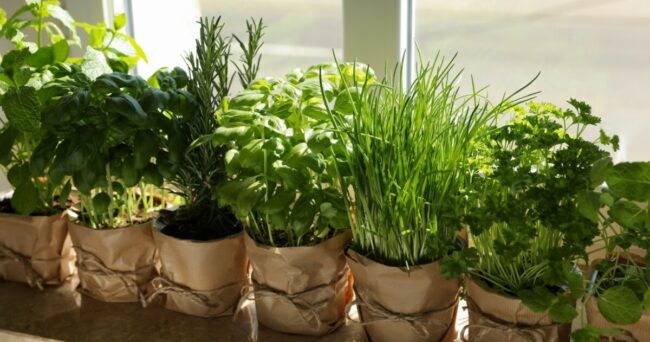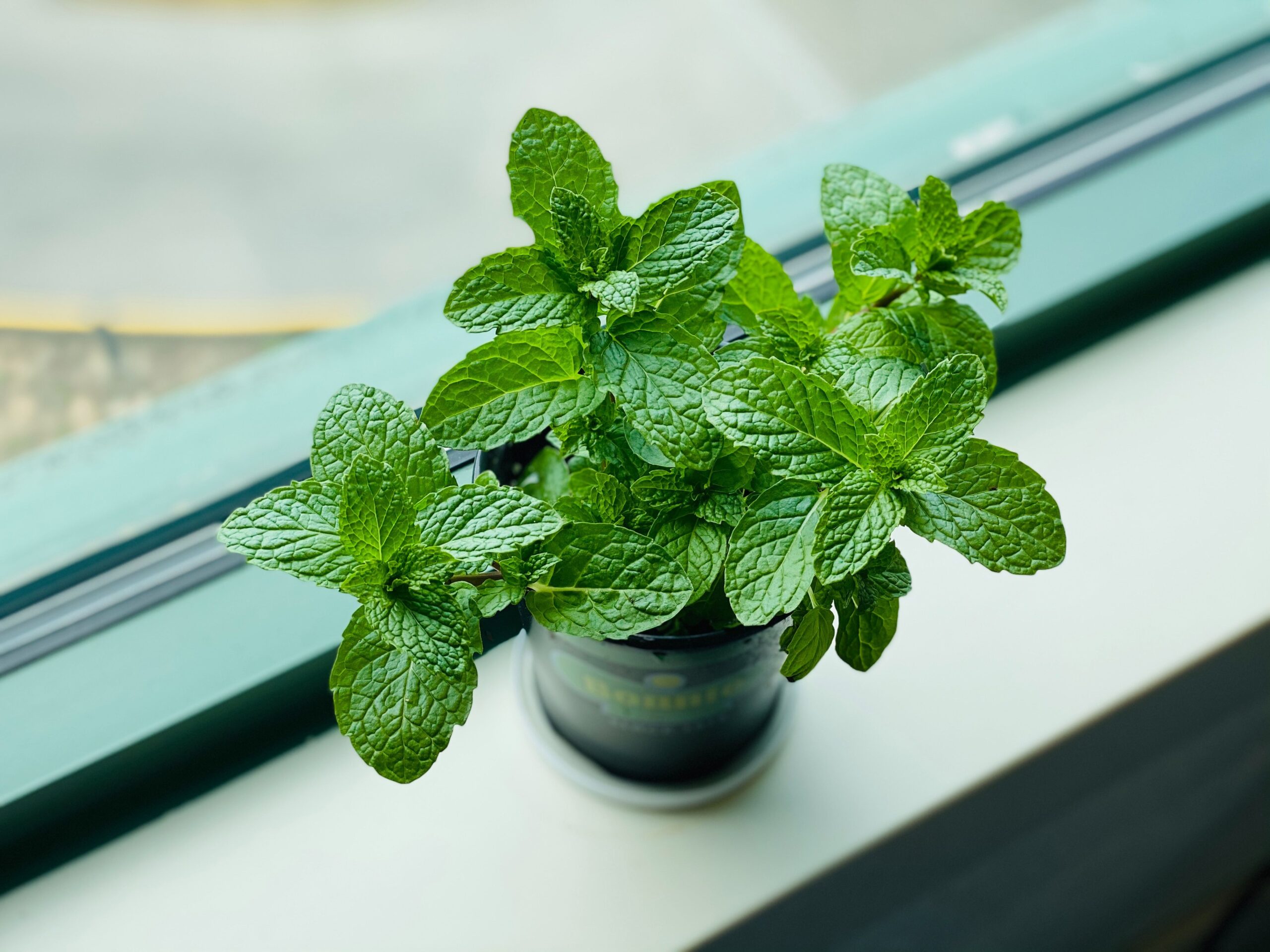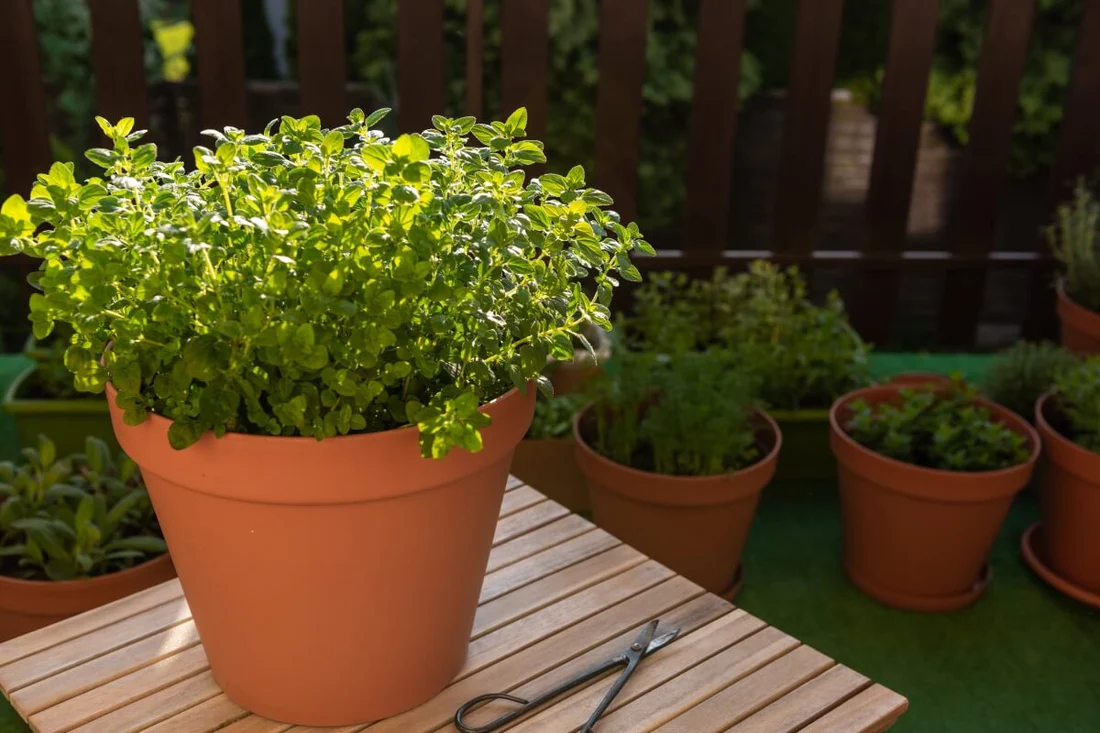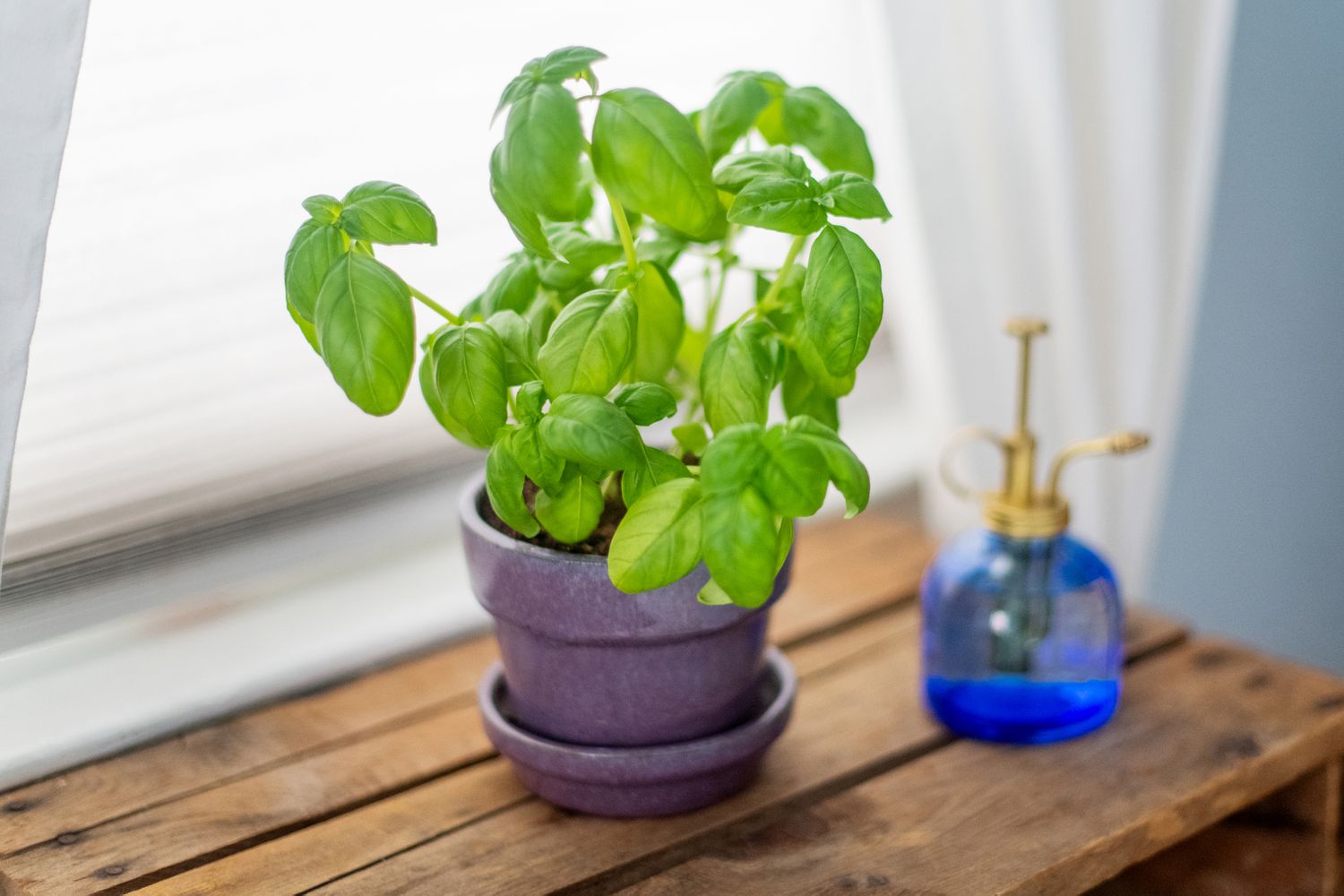
Green Thumbs in Cold Months: A Guide to Growing Herbs Indoors During Winter
Winter would not have to suggest the cease of your gardening endeavors. While the bloodless climate may additionally restrict outside options, there are masses of herbs that thrive indoors for the duration of the wintry weather months. In this guide, we are going to discover 10 herbs that are no longer solely convenient to develop at domestic however additionally ideal for including taste to your wintry weather recipes. Let’s dive in!
1. Rosemary

Rosemary is a perennial herb regarded for its sturdy and fragrant needle-like leaves. It’s now not solely a culinary satisfaction however additionally presents medicinal properties. Rich in antioxidants and anti-inflammatory compounds, rosemary can raise your immune machine at some point of the iciness months. To effectively develop rosemary indoors, make certain it receives at least six hours of daylight every day and plant it in well-draining soil. Allow the soil to dry out between waterings, as rosemary prefers barely drier conditions, mimicking its native Mediterranean environment.
2. Thyme

Thyme is a versatile herb with small inexperienced leaves and a delicate lemony flavor. Beyond its culinary uses, thyme has antimicrobial properties, making it a herbal treatment for respiratory issues—a treasured asset all through the winter. To domesticate thyme indoors, pick a well-draining pot and vicinity it in a sunny spot. Thyme is quite low-maintenance, thriving in barely drier conditions. Regular pruning no longer solely enhances its taste however additionally promotes bushier growth.
3. Chives

Chives are a member of the onion family, imparting a moderate onion taste with a trace of garlic. These slim inexperienced shoots are prosperous in nutritional vitamins A and C. Beyond culinary uses, chives have herbal insect-repelling properties, which can be really useful even indoors. Plant chives in well-draining soil, setting the pot in a sunny location. Regular trimming now not solely ensures a regular grant for your iciness recipes however additionally stimulates clean growth.
4. Parsley

Parsley is a biennial herb that comes in two primary varieties: flat-leaf (Italian) and curly. Both sorts are prosperous in nutritional vitamins K, C, and A. In addition to improving the taste of your dishes, parsley has diuretic homes and aids digestion. To develop parsley indoors all through winter, pick a sunny place and maintain the soil persistently moist. Regular harvesting encourages the increase of new leaves, making sure a non-stop provide for the duration of the season.
5. Mint

Mint is a aromatic herb with severa varieties, such as peppermint and spearmint. Known for its clean taste, mint is now not solely a culinary pleasure however additionally has attainable fitness benefits, such as helping digestion and assuaging headaches. Growing mint indoors requires a partly sunny region and constantly moist soil. Consider planting mint in a container to stop its invasive tendencies.
6. Cilantro

Cilantro is a versatile herb with fresh, citrusy leaves and seeds recognized as coriander. It provides a special taste to a number cuisines, specifically in wintry weather salads and soups. Beyond its culinary uses, cilantro has antioxidant homes and may also assist with heavy metallic detoxification. To effectively develop cilantro indoors, use well-draining soil, and location the pot in a sunny location. Keep the soil constantly moist, and many times harvest the leaves to motivate non-stop growth.
7. Oregano

Oregano is a perennial herb with a strong taste that enhances wintry weather dishes like pasta, pizza, and roasted meats. Rich in antioxidants, oregano additionally has antimicrobial properties. Growing oregano indoors is noticeably straightforward—opt for well-draining soil and a sunny spot. Allow the soil to dry out between waterings, stopping immoderate moisture that ought to lead to root issues.
8. Sage

Sage is an herb with a warm, earthy taste that enhances iciness recipes, particularly these involving hen and stuffing. Beyond its culinary uses, sage has possible fitness benefits, which include anti-inflammatory and antioxidant properties. To domesticate sage indoors, select well-draining soil and a sunny location. Sage prefers barely drier conditions, so water sparingly to stop root problems.
9. Dill

Dill is an fragrant herb with feathery leaves and a special taste that pairs properly with wintry weather soups, stews, and pickles. Rich in nutritional vitamins A and C, dill additionally has antimicrobial properties. Growing dill indoors is exceptionally easy—use well-draining soil, furnish reasonable sunlight, and maintain the soil constantly moist. Regular harvesting of the feathery leaves ensures a non-stop furnish for your iciness culinary creations.
10. Basil

Basil is a famous herb with a candy and barely peppery taste, often related with Italian cuisine. Beyond its culinary uses, basil has manageable fitness benefits, inclusive of anti-inflammatory and antibacterial properties. Growing basil indoors can be extra challenging, however it is manageable with ample daylight and warmth. Pinching off the developing hints in many instances encourages bushier growth, making sure a thriving basil plant at some stage in the winter.





